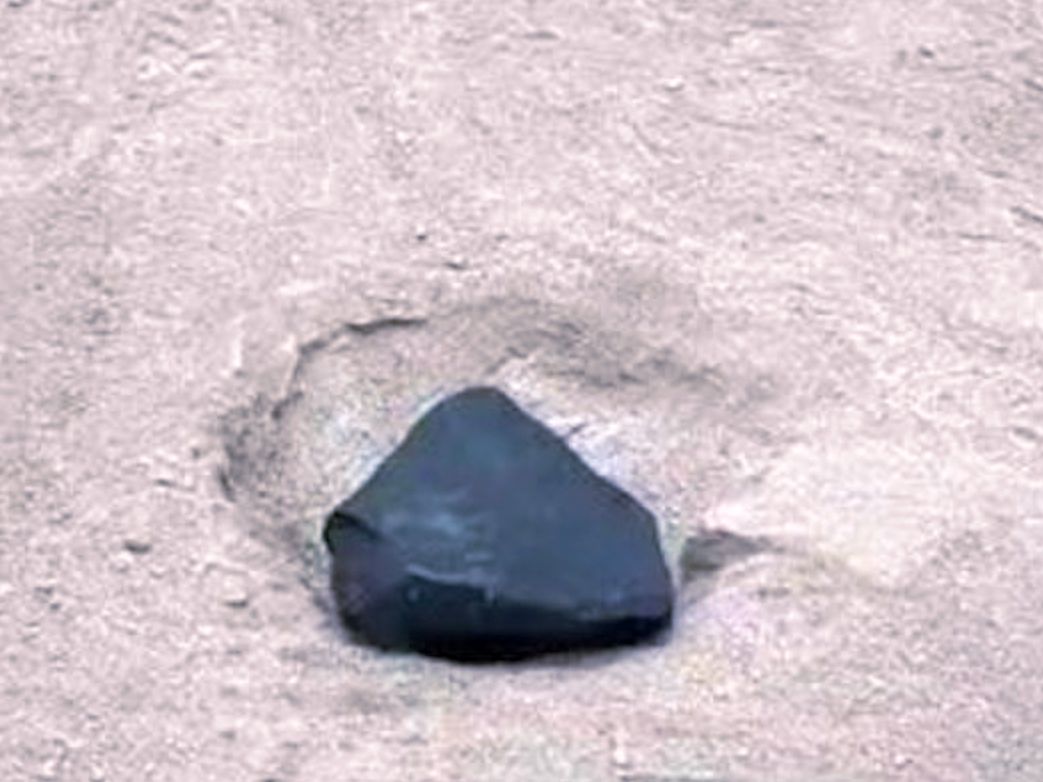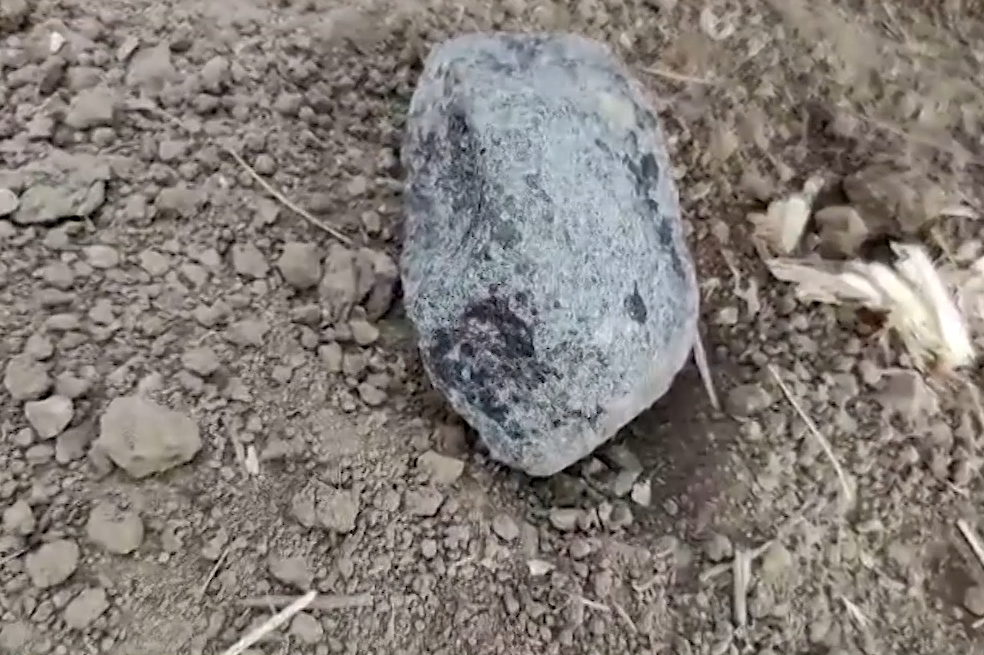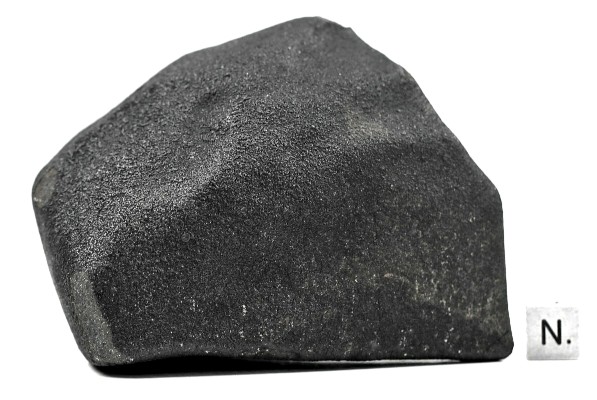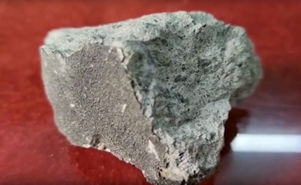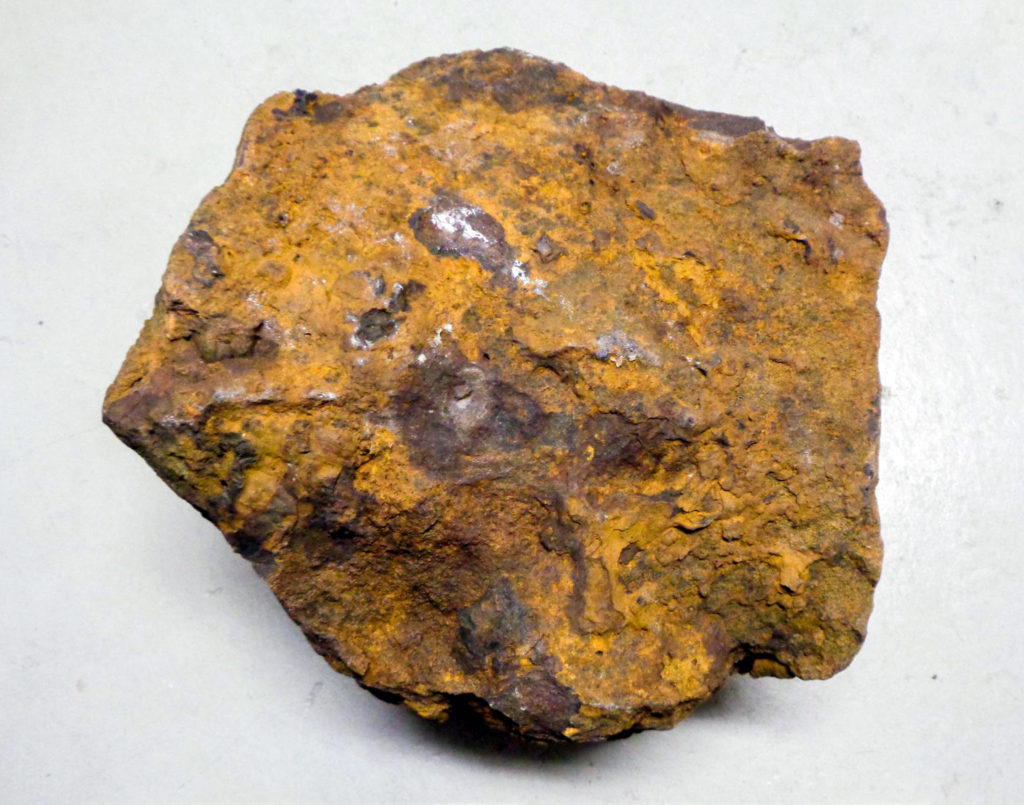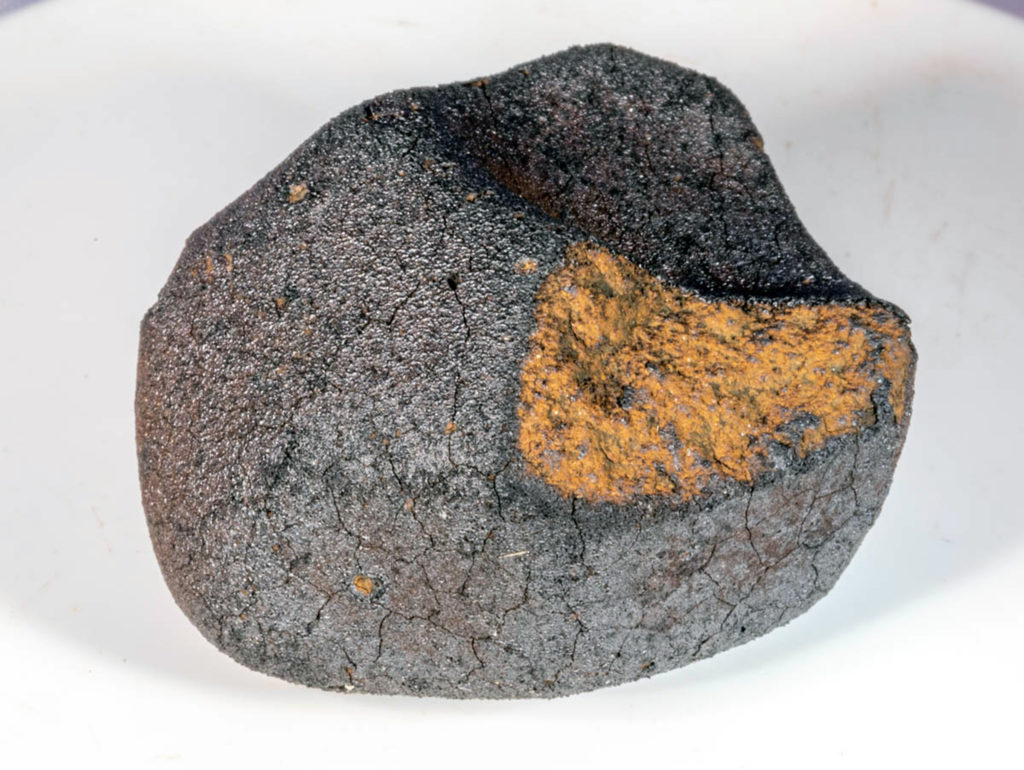Orbit, meteoroid size, and cosmic ray exposure history of the Aguas Zarcas CM2 breccia
Peter Jenniskens, Gerardo J. Soto, Gabriel Goncalves Silva, Oscar Lücke, Pilar Madrigal, Tatiana Ballestero, Carolina Salas Matamoros, Paulo Ruiz Cubillo, Daniela Cardozo Mourao, Othon Cabo Winter, Rafael Sfair, Clemens E. Tillier, Jim Albers, Laurence A. J. Garvie, Karen Ziegler, Qing-Zhu Yin, Matthew E. Sanborn, Henner Busemann, My E. I. Riebe, Kees C. Welten, Marc W. Caffee, Matthias Laubenstein, Darrel K. Robertson, David Nesvorny
MAPS, Version of Record online: 29 March 2025
“The Aguas Zarcas (Costa Rica) CM2 carbonaceous chondrite fell during nighttime in April 2019. Security and dashboard camera videos of the meteor were analyzed to provide a trajectory, light curve, and orbit of the meteoroid. The trajectory was near vertical, 81° steep, arriving from an ~109° (WNW) direction with an apparent entry speed of 14.6 ± 0.6 km s−1. The meteoroid penetrated to ~25 km altitude (5 MPa dynamic pressure), where the surviving mass shattered, producing a flare that was detected by the Geostationary Lightning Mappers on GOES-16 and GOES-17. The cosmogenic radionuclides were analyzed in three recovered meteorites by either gamma-ray spectroscopy or accelerator mass spectrometry (AMS), while noble gas concentrations and isotopic compositions were measured in the same fragment that was analyzed by AMS. From this, the pre-atmospheric size of the meteoroid and its cosmic ray exposure age were determined. The studied samples came from a few cm up to 30 cm deep in an object with an original diameter of ~60 cm that was ejected from its parent body 2.0 ± 0.2 Ma ago. The ejected material had an argon retention age of 2.9 Ga. The object was delivered most likely by the 3:1 or 5:2 mean motion resonances and, without subsequent fragmentation, approached the Earth from a low i < 2.8° inclined orbit with a perihelion distance q = 0.98 AU close to the Earth’s orbit. The steep entry trajectory and high strength resulted in deep penetration in the atmosphere and a relatively large fraction of surviving mass.”

